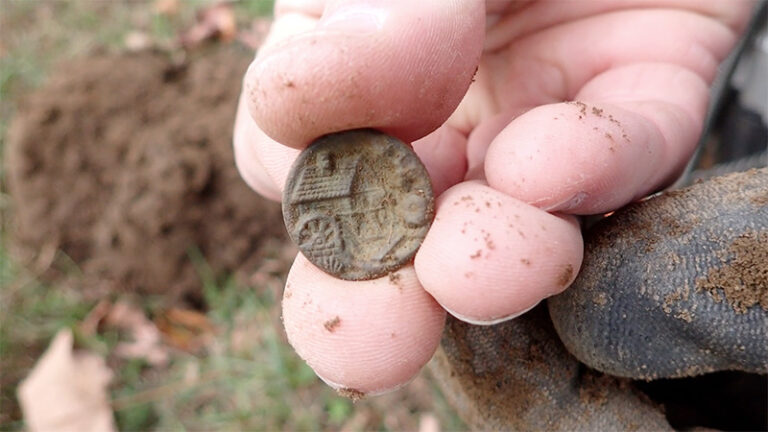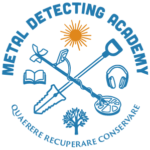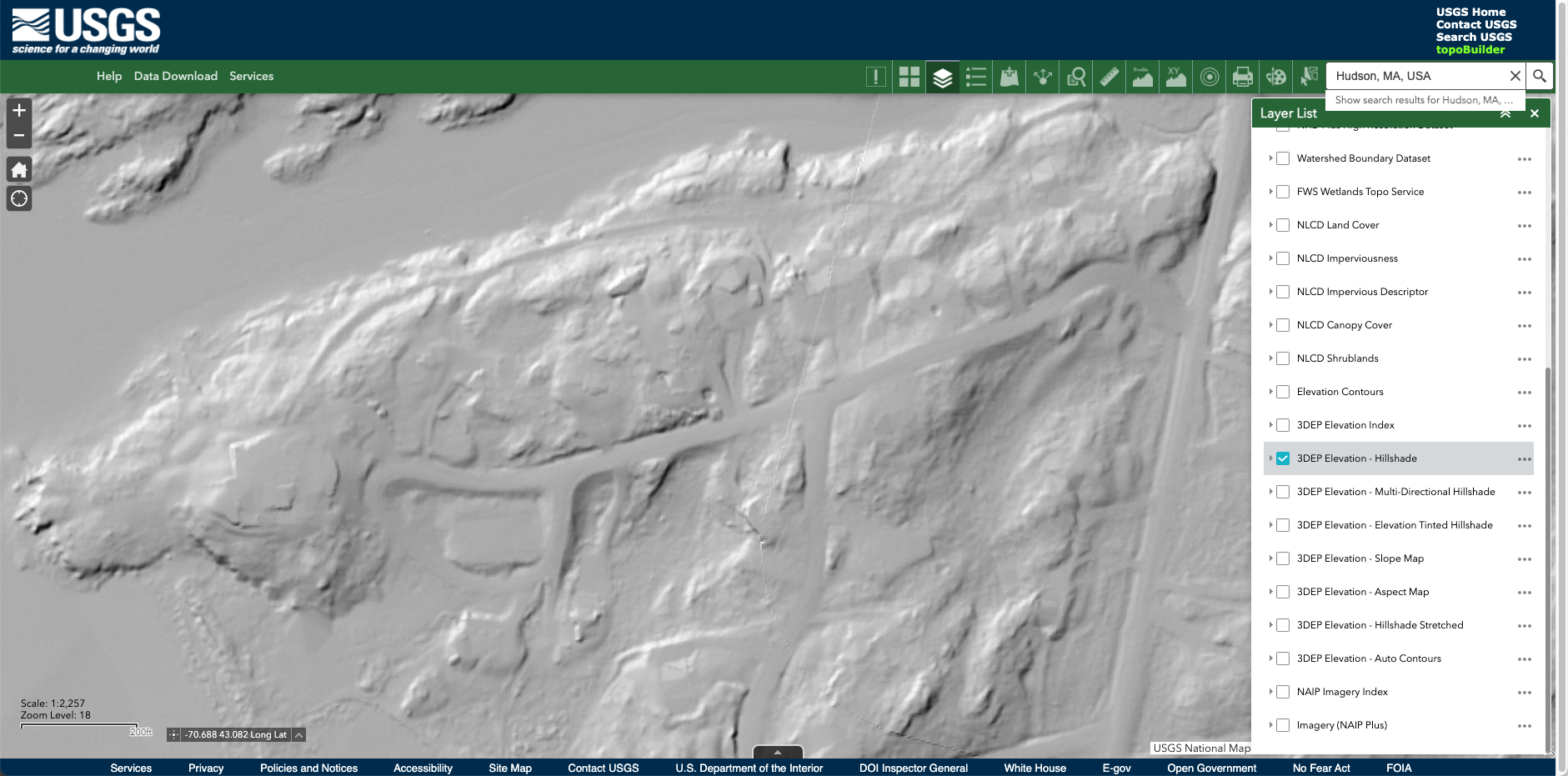As a metal detectorist, mastering the art of digging a proper hole is essential. It’s important to preserve the integrity of the site or permission and ensure that future detectorists can enjoy the same experience. If you leave a site messy or don’t fill your holes, it looks bad for all detectorists. You also don’t want someone accidentally twisting their ankle by falling into an unfilled hole. In this video, I’ll illustrate the art of digging and closing a hole – so the grass can regrow, so no one gets hurt, and so we can leave the site as pristine as possible.

When detecting a new site, one never knows what fascinating artifacts may lie just beneath the surface. Each recovery brings with it a sense of excitement and wonder, as we are transported back in time and given a glimpse into the lives of those who came before us. In this video, I uncover some unique relics, such as some brass horse tack, an old button with a grist mill motif, an old kitchen knife, old chains, iron spoon bowl, farming implements, indian head and wheat pennies, and a V Nickel.


